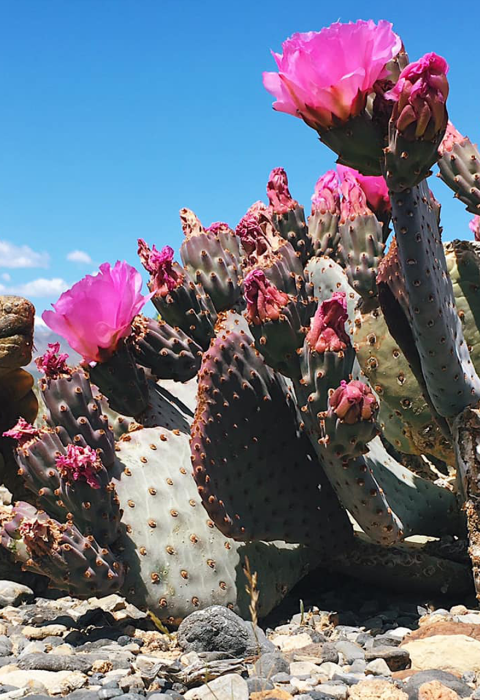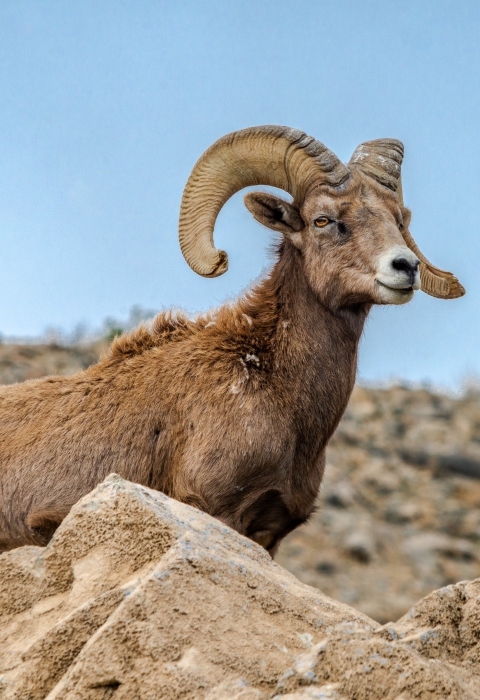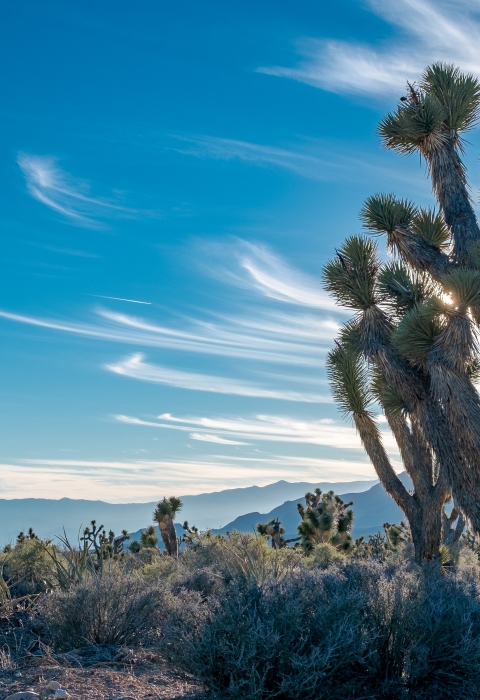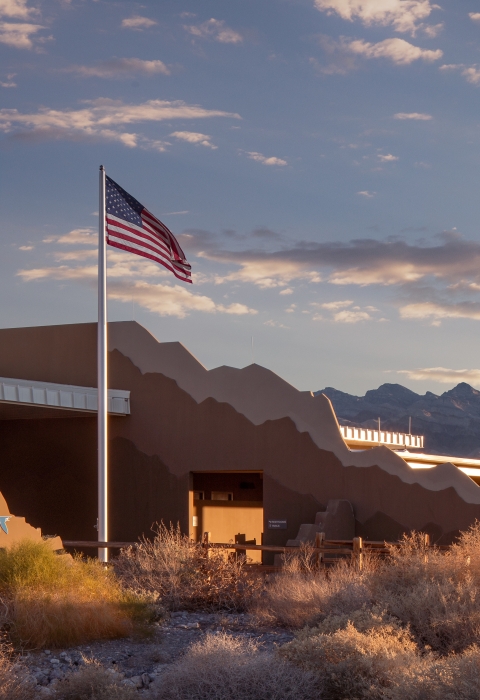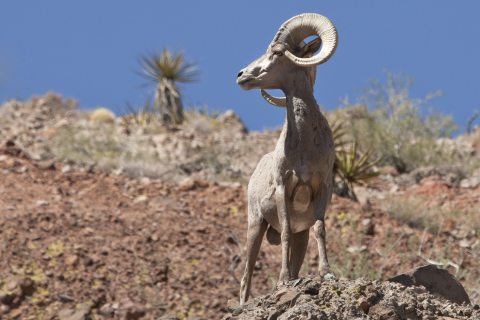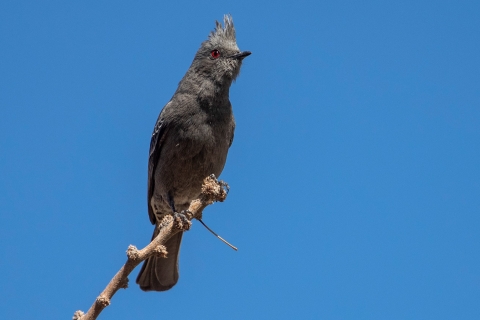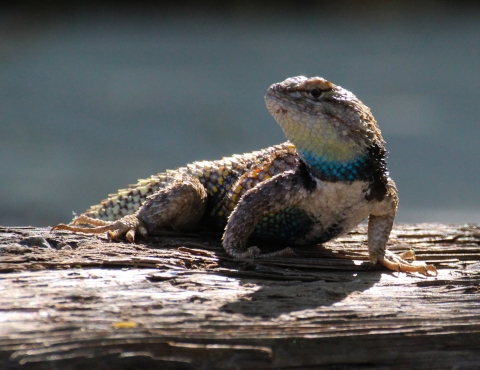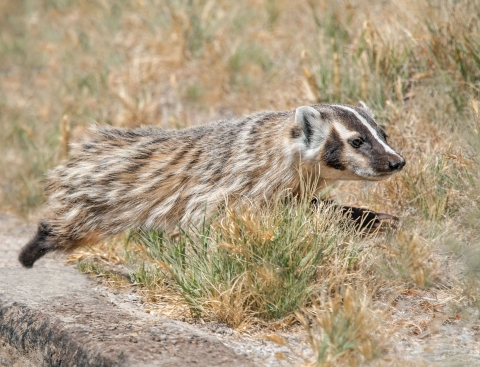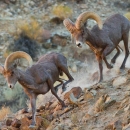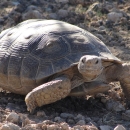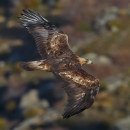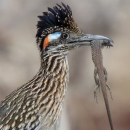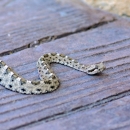Seasons of Wildlife
Desert NWR is located along the Pacific Flyway, a major north-south flyway for migratory birds. At Corn Creek, visitors often encounter a wide variety of migratory bird species, from grosbeaks, to tanagers, to herons, to egrets, and more. The best time to view migratory birds is in the spring and fall during morning hours.
Two areas of the refuge have been identified as Important Bird Areas designated by The Audubon Society: Sheep Range IBA and Corn Creek IBA.
WinterCooler temperatures often push desert bighorn sheep to lower elevations. This coincides with the annual hunt season. | |
SpringWatch for migratory birds. Many cold-blooded animals, such as tortoises and lizards, begin to come out of brumation and become more active. | |
SummerSightings of lizards and ground squirrels are common. Most wildlife burrows underground to avoid the worst heat of the day. Bats are especially active in the evenings and at night. | |
FallMigratory birds return. Cooler temperatures often mean that crepuscular wildlife such as coyotes, bobcats, and badgers are seen earlier. |
Featured Species
Although Desert NWR was established to protect the desert bighorn sheep, countless other species have benefited from these protections. Today, the refuge is home to over 500 species of plant, over 320 species of birds, 52 species of mammals, 32 species of reptiles, and so much more.
Visitors to Desert NWR have the opportunity to encounter a variety of Mojave species, from the desert tortoise and sidewinder rattlesnake to bighorn sheep and golden eagles across seven different life zones.
Please note, all of the animals that live on the refuge are wild. Never approach or attempt to feed any wildlife.
